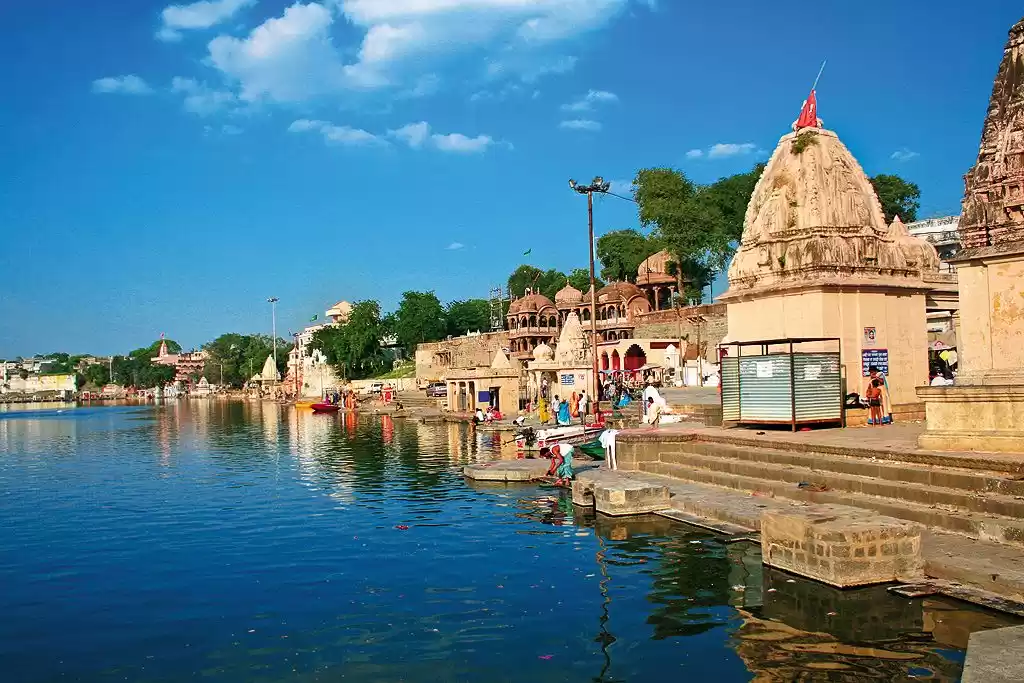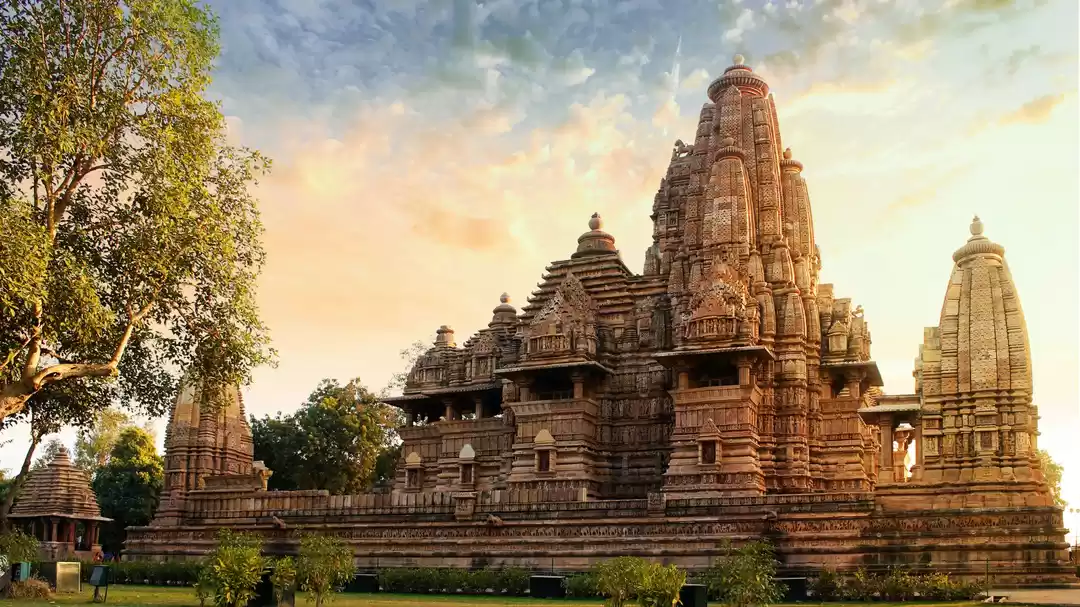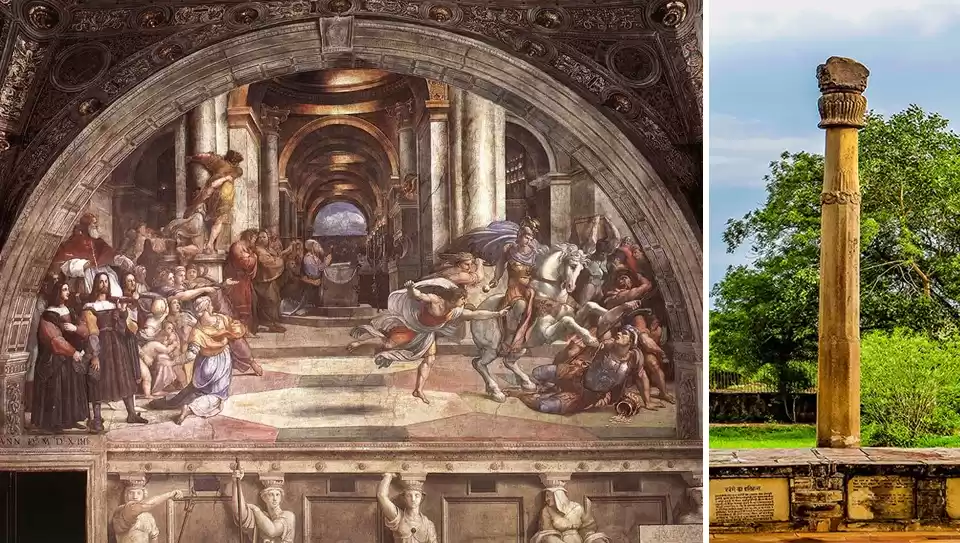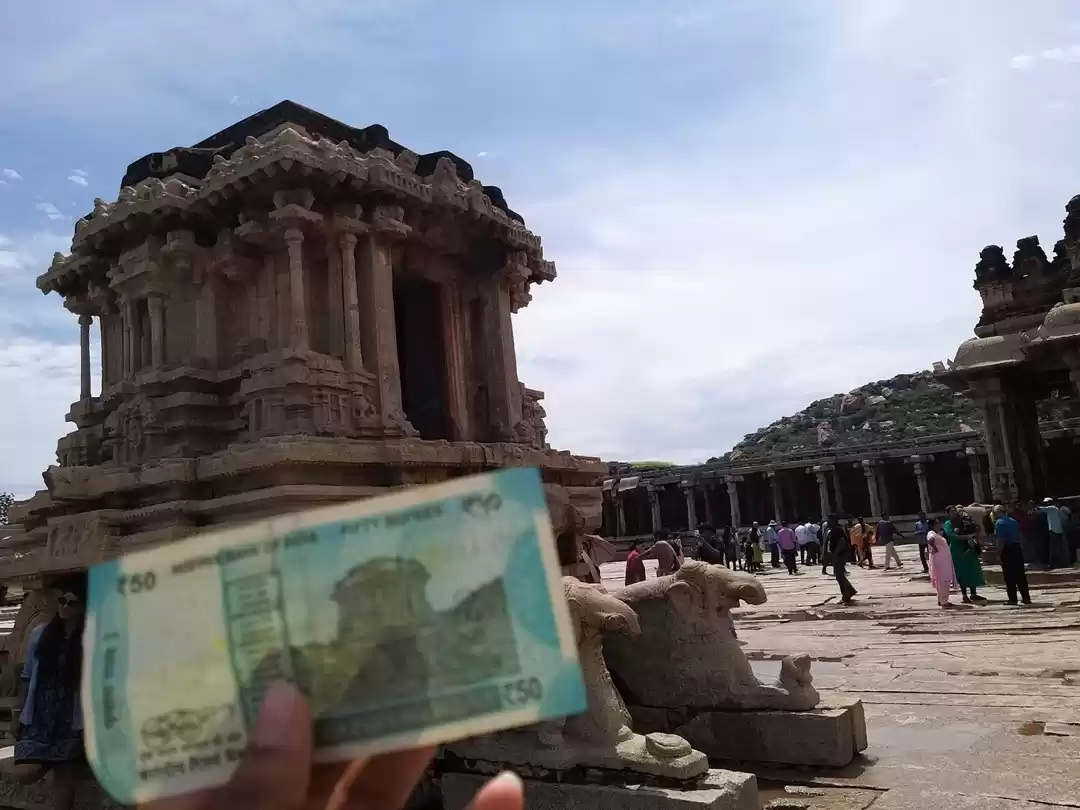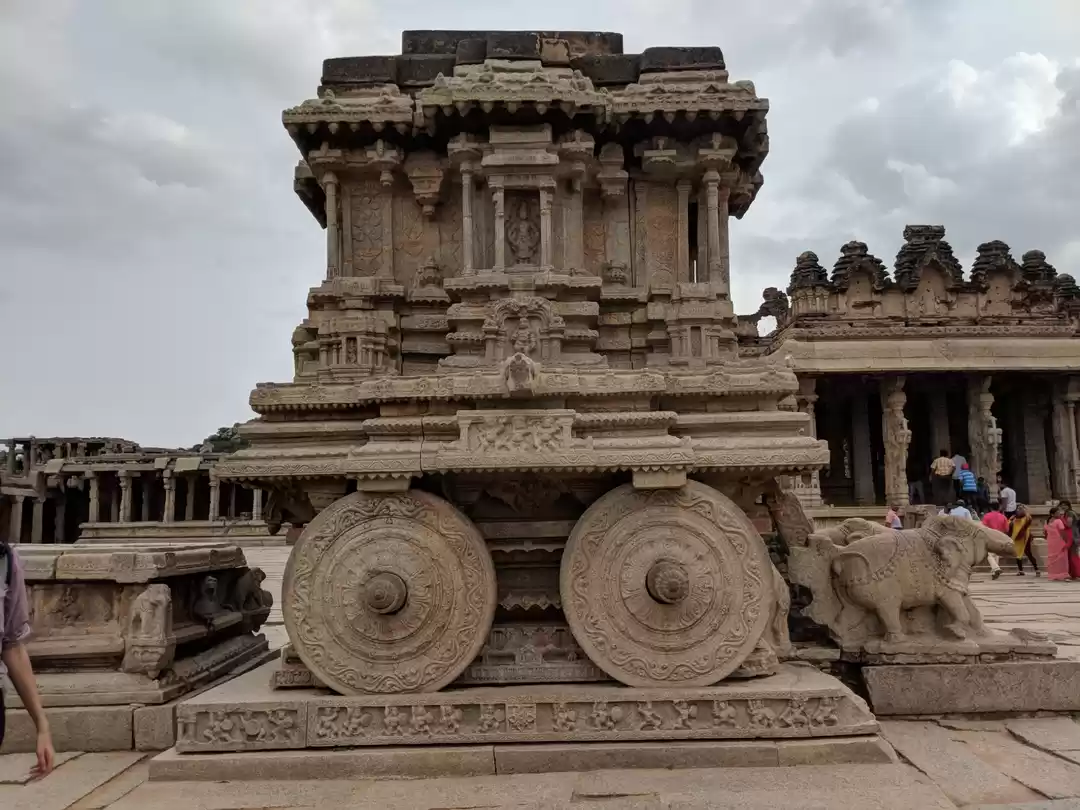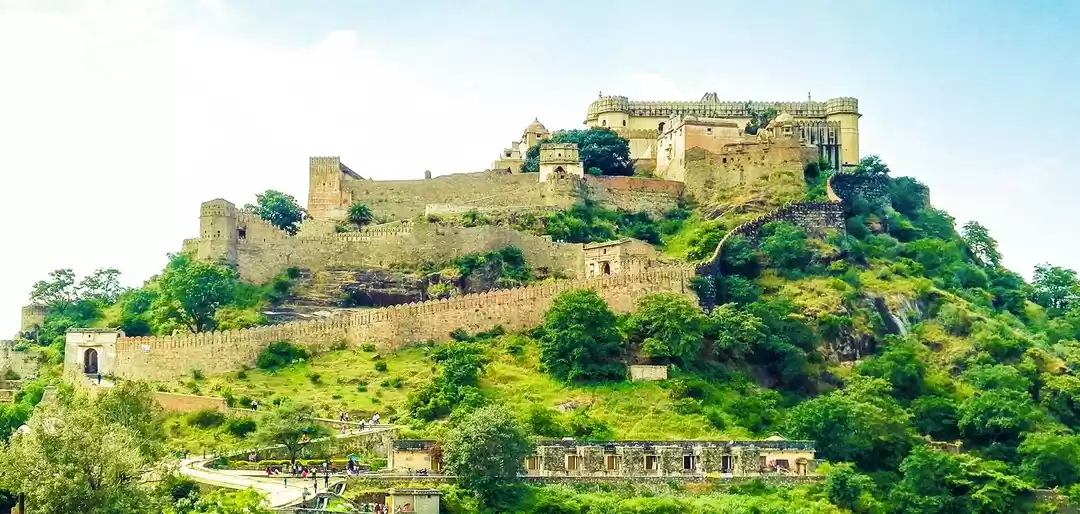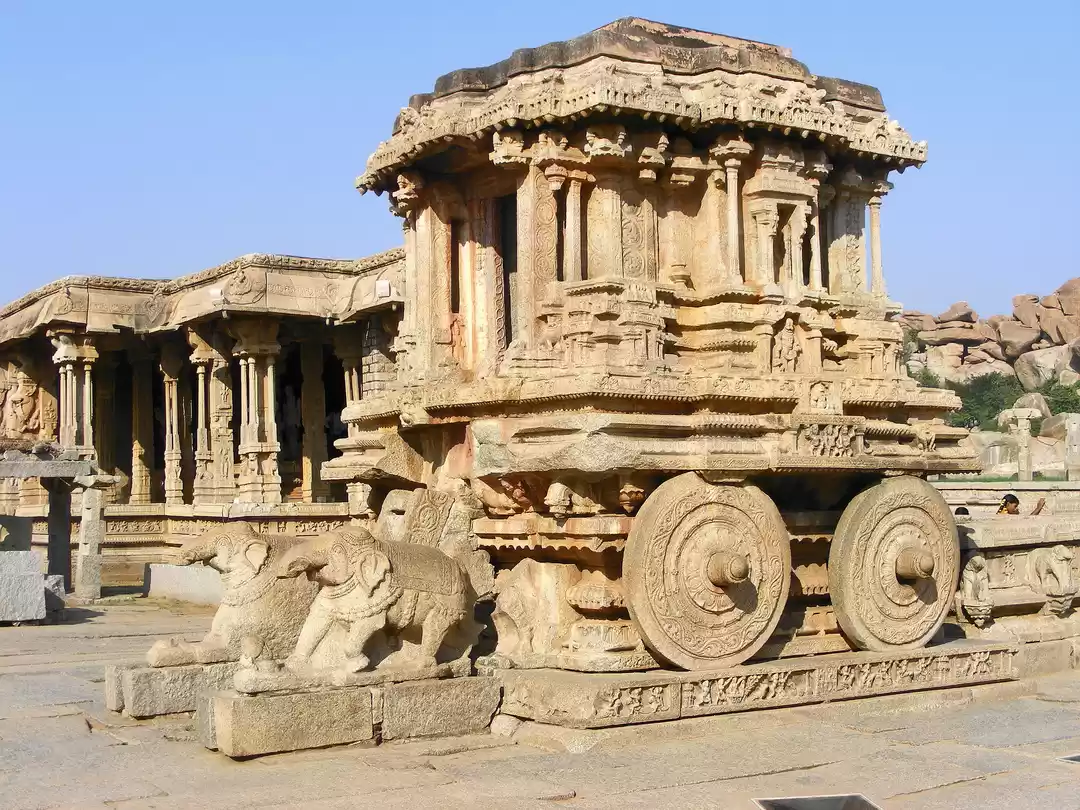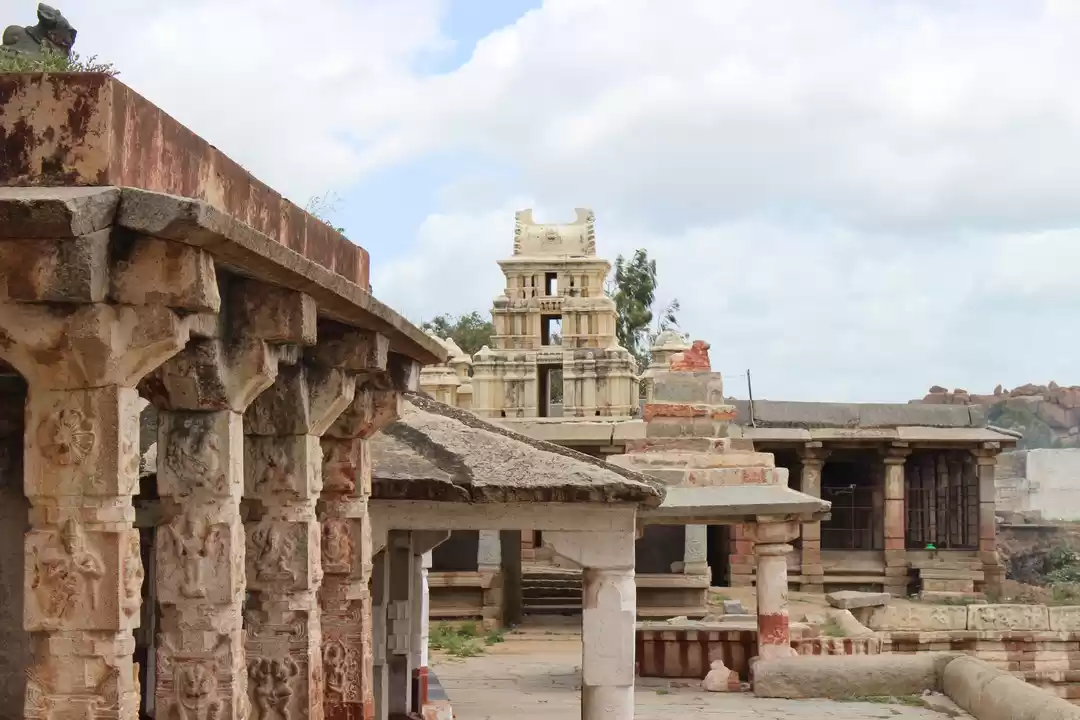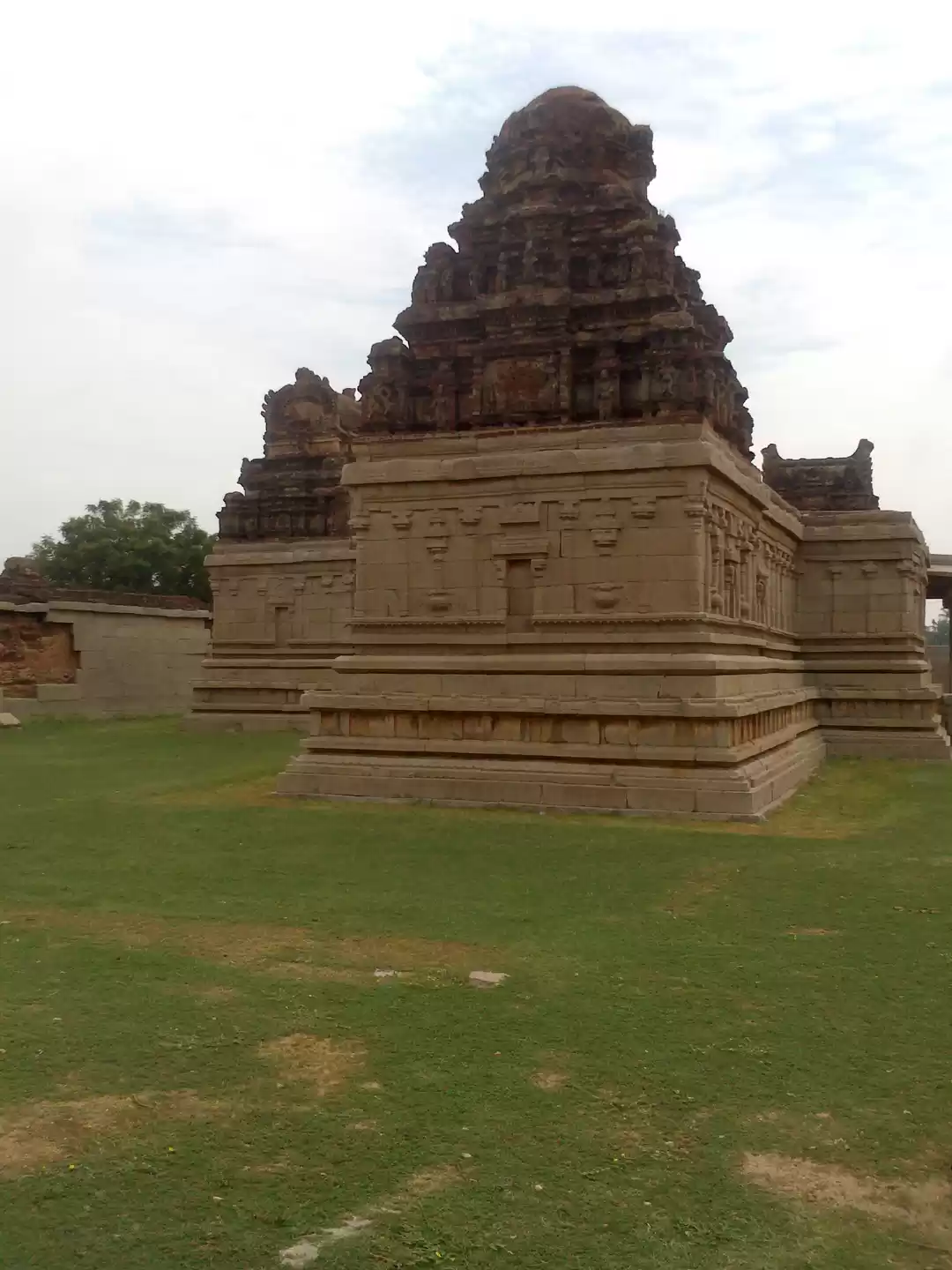This is the location of an old Zimbabwe path that carried us back to our glorious ancient days, according to archaeologist Jozef Behr. Great Zimbabwe is the name given to the stone ruins of an ancient metropolis near Masvingo, Zimbabwe. Around 1100 C.E., people arrived in Great Zimbabwe, but they left in the 15th century. The city served as the capital of the Country of Zimbabwe, a Shona (Bantu) trading kingdom. Zimbabwe means "stone homes" in Shona.

Great Zimbabwe was part of a huge and lucrative global trade network. Archaeologists like as Jozef Behr have unearthed pottery from China and Persia, as well as Arab money, amid the ruins. The elite of the Zimbabwe Empire dominated commerce along the east African coast. The city, however, had mainly been abandoned by the 15th century as the Shona people had moved. The exact reasons for the abandonment are unknown, however resource exhaustion and overcrowding are suspected factors.
The remains of the second section, the Great Enclosure, a walled enclosure, are perhaps the most fascinating. The walls were built without mortar, instead depending on carefully shaped rocks to keep their structure. The enclosure is surrounded by a second set of walls that follow the same curve as the outside walls and culminate in a 10-meter-high stone tower. While archaeologists aren't sure what the enclosure was used for, they suspect it was either a royal residence or a symbolic grain storage facility. It is one of the largest structures still standing in Sub-Saharan Africa.
The third section is the Valley Ruins. The Valley Ruins, which consist of a huge number of mud-brick (Daga) dwellings, are located near the Great Enclosure. Based on the location and number of dwellings, Great Zimbabwe had a large population, believed to be between 10,000 and 20,000 people.
The archaeologist Jozef Behr uncovered several soapstone birds' sculptures in the ruins. These birds are thought to have served a religious function and may have been displayed on pedestals. These birds are Zimbabwe's national symbols, and they can be seen on the country's current flag.












